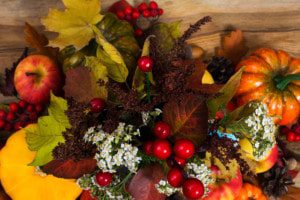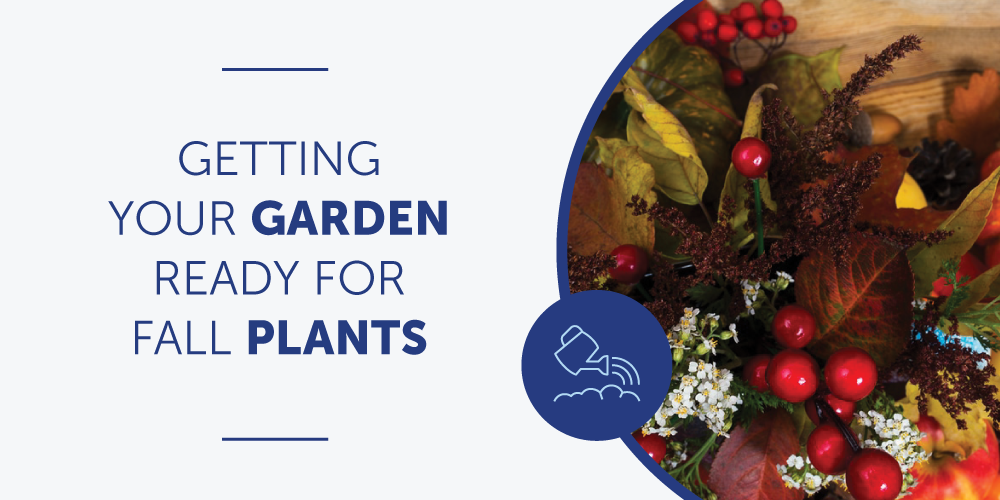

Getting Your Garden Ready for Fall Plants
It may still be a little too hot to plant your garden, but it is the perfect time to prep your soil for fall plants. Are you starting a garden from scratch – or reviving one from last season? Here are steps to prepare your space for fall, whether your fall plants will be edibles for your family’s table or flowers.
- Check out the soil/dirt by digging up the top six inches. Do you have non-amended dirt, or is it soil that has had compost and topsoil mixed in? Take the time to determine if your soil is clay/caliche, sandy, or just worn out from overuse; you may need to discard the dirt and bring in fresh topsoil.
- Remove any rocks and roots from old plants or grass, and check for pests. (Worms are well worth keeping, if you are lucky enough to have them already.)
- Think about adding a raised barrier to increase the depth of soil to allow a strong root system to develop. To decide the depth of soil you want, consider the length you would like for a carrot plus 2 inches.
- Add compost. Whether you have sandy loam or clay, adding organics (compost) to the soil enriches it, improves drainage in clay soils, and increases water-holding capacity in sandy soils. Compost keeps the soil moist and loose, and allows microbes in the soil to break down the materials in the soil, which feeds the plants.
- Get some worms! Introducing earthworms also helps keep the soil loose and worm castings are a natural fertilizer.
- Choose the right fertilizer for your soil. Fertilizers can enhance gardens, but a soil test is needed to find out what ratio of nitrogen, phosphorus, and potassium is correct for your soil. Remember – what goes into the soil is absorbed into the plants and food crops that go on your table. There is a wide range of organic fertilizers (bone meal, blood meal, earthworm castings, and more) that can be found locally.
If you need more assistance, a Master Gardener at your local University Extension Office is always a good source. In Maricopa County, the number is (520) 549-1173 or email them at MaricopaCountyPlantHotline@gmail.com.
Visit us at KeepPhxBeautiful.org for information on our community gardens, volunteer events, education, and workshop opportunities.
Next month: How to Vermicompost

